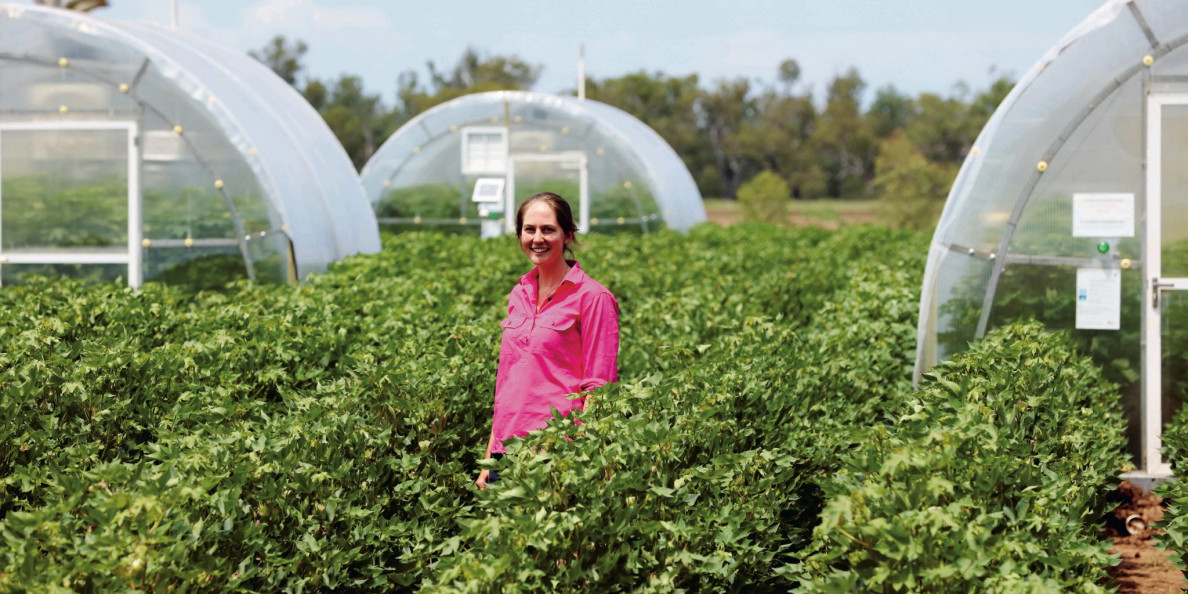Cotton shirts that you don’t need to iron may sound like a fanciful dream, but could be a reality thanks to a new project being undertaken by CSIRO, Australia’s national science agency.
CSIRO scientists have begun working on a type of cotton that mimics many of the positive qualities of synthetics while retaining a natural fibre feel.
The team is currently researching examining the structure of cotton cell walls in order to understand how cotton fibre strength, length and thickness are determined. Their preliminary work will be on display in Melbourne this week at AgCatalyst, where CSIRO’s agricultural and food related technologies are being showcased.

Dr Madeline Mitchell, a CSIRO scientist working on the project, said the team is utilising the latest tools in synthetic biology to develop the next generation cotton fibre.
“We’ve got a whole bunch of different cotton plants growing; some with really long fibre, others like the one we call ‘Shaun the Sheep’, with short, woolly fibres,” Mitchell said.
Mitchell said the cotton in development would feature some aspects of synthetic materials – such as being stretchy, non-creasing and waterproof – while also being biodegradable.
“Cotton often gets a bad rap environmentally, but it is a natural, renewable fibre, unlike synthetics which are made with petrochemicals,” she said.

Picture credit: CSIRO
“Synthetics may be cheaper to produce and require less ironing but people like natural fibres – they would just prefer they didn’t crease so much or they could stretch.”
The CSIRO has worked for over 30 years on improving cotton breeds with its partner Cotton Seed Distributors (CSD) using GM techniques.
CSD’s managing director Peter Graham said that, alongside environmental benefits, there were strong commercial imperatives behind expanding the versatility of cotton.
“If we can produce next generation cotton then we can take a large market share of the synthetics industry and that’s a win not just for Australia’s $2.5 billion industry but also for the environment,” Graham said.
“Australian cotton has a reputation for being one of the best in the world. We need to stay ahead of our competitors, both in cotton but also synthetics.”


